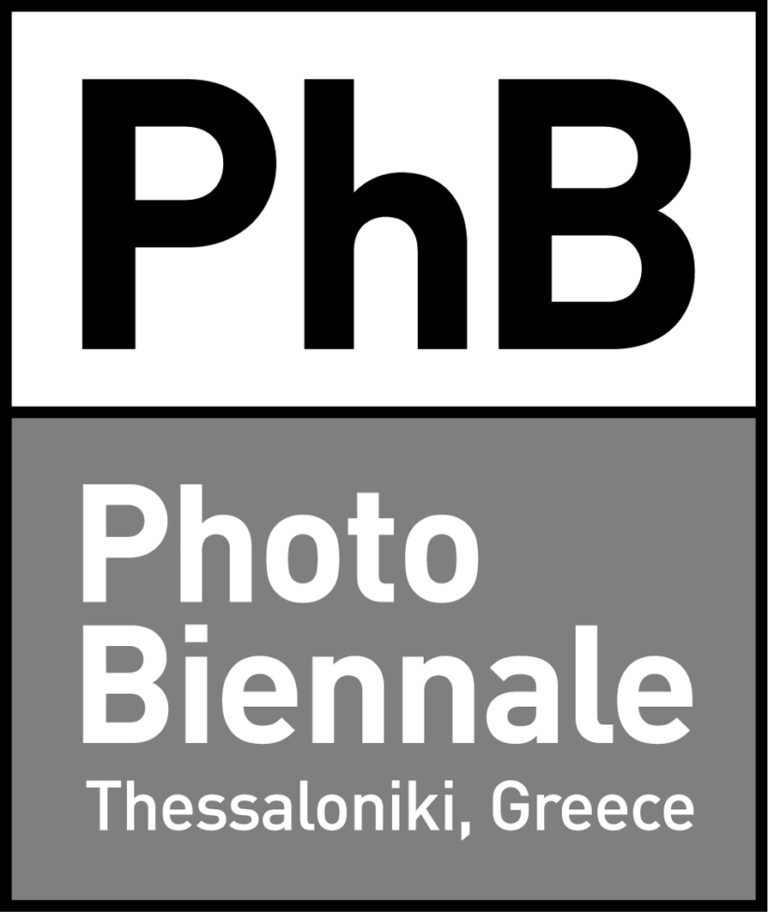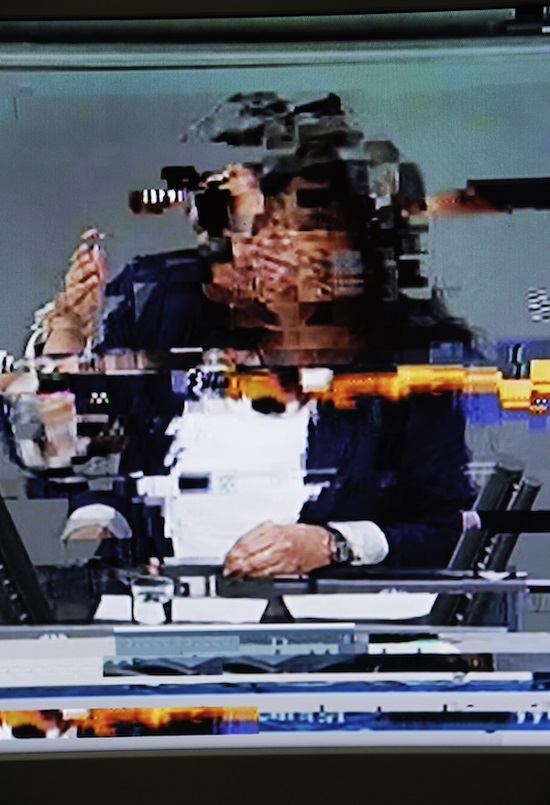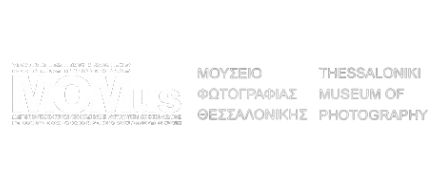Boris Mikhailov’s, series of photographic works, Parliament (2014–17), explores the relationship between photography and the devices through which society consumes media. Focusing on the interplay between analogue and digital representation, particularly in the context of recent political affairs such as the
military conflict in Eastern Ukraine, Mikhailov states that he has “tried to express the crisis through the Suprematist disintegration of the figurative by examining the broadcast of parliamentary debates and the interaction of verbal and visual manifestations that correspond with these images.” Adopting the aesthetics of glitch art and decomposed images which serve as visual metaphors for cyber-balkanization and the splintering of media communities, the artist continues his search for expressive visual techniques to supplement his signature superimpositions, aniline hand-colouring, and handwriting on the margins of photographs. In the years since it was made, the political and aesthetic salience of Parliament has loomed larger due to the Russian war on Ukraine, the suppression of dissent in Russia, the growth of
technological means for generating and distributing disinformation, and the wider rise to prominence of authoritarian regimes around the world that are democratic in form only. The glitching of representations of political leaders is widely experienced, and is cultivated as a way to disorient and disempower those who would oppose state power. Parliament is thus a manifestation of the global political climate, current media landscape and the post-truth society in which we live, and the work serves as a code for understanding a paranoid state of
society where media bias, radical power imbalances, fake news, and manipulation of information have become the norm.
Parliament was first shown as the Ukrainian Pavilion’s primary exhibition at the Fifty-Seventh Venice Biennale in 2017. It was curated by Peter Doroshenko and Lilia Kudelia.



